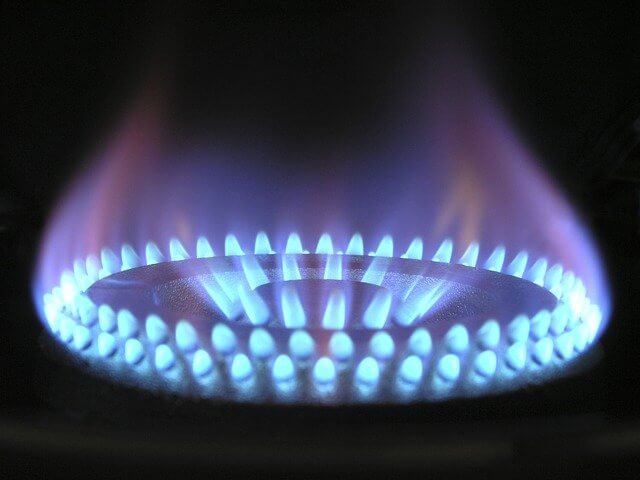Whar are the gas law? Information about the Boyle’s Law, Charles Law and the formulas. What is open tube manometer.

Source: pixabay.com
Boyle’s Law
Robert Boyle, an English scientist, discovered the mathematical relation between the pressure (P) and the volume (V) of a confined gas.
When the temperature of a confined gas is kept constant, its pressure varies inversely with its volume.
When the volume is reduced by half, the pressure increases two fold. When the volume is reduced by one- third, the pressure increases three fold.
When two quantities are inversely proportional then their product is constant.
Therefore, Boyle’s Law states that when the temperature of a confined gas is kept constant, the product of its volume and pressure is constant.

- where α = proportional to
- P = pressure
- V = volume
Charles’ Law
The relation between the volume and the temperature of a gas under constant pressure was first investigated by Jacques Charles, a French scientist.
Charles Law applies to a fixed mass of gas. The relations between the temperature, pressure and volume of a gas describe the behavior of a constant number of gas molecules. When the gas of fixed mass is heated or compressed no molecules are added or removed.
Accurate measurements predict that the volume of all gases should contract to zero at – 273 °C. This is the temmperature known as absolute zero or 0 °K. As the temperature is increased, the volume increases in proportion to the absolute temperature. If you double the absolute temperature, the volume doubles. If you halve the absolute temperature, the volume is halved. The volume is proportional to the absolute temperature. This can be expressed mathematically as:
V α T or V = constant x T or V/T = constant
This relation is known as Charles’ Law.
Charles’Law states that the volume of a confined gas is directly proportional to its absolute temperature (on the kelvin scale) if the pressure is constant.
So we now have two equations involving the volume, temperature and pressure of a confined gas:
P . V = constant (Boyle’s Law) and V/T = constant (Charles Law)
We can combine these into a single equation, called the gas equation:

OPEN TUBE MANOMETER
We use an open tube manometer to measure the pressure of a gas. An open tube manometer is a U- tube partially filled with mercury. When pressure is increased in one arm the mercury rises in the other arm. The difference between the mercury levels in two arms is caused by the pressure of the compressed gas. By measuring this difference, the pressure can be calculated using P= hx Dx g
BOURDON GAUGE
A Bourdon gauge is a device to measure the pressure of a confined gas. It has a curved, flexible metal tube. This tube tries to straighten out when the pressure inside it increases. As the tube moves it causes the pointer to move on a scale so that the pressure can be read directly.
The Bourdon gauge and the open tube manometer measure the difference between the pressure of the gas inside the container and the atmospheric pressure outside. To obtain the actual pressure, the atmospheric pressure must be added.